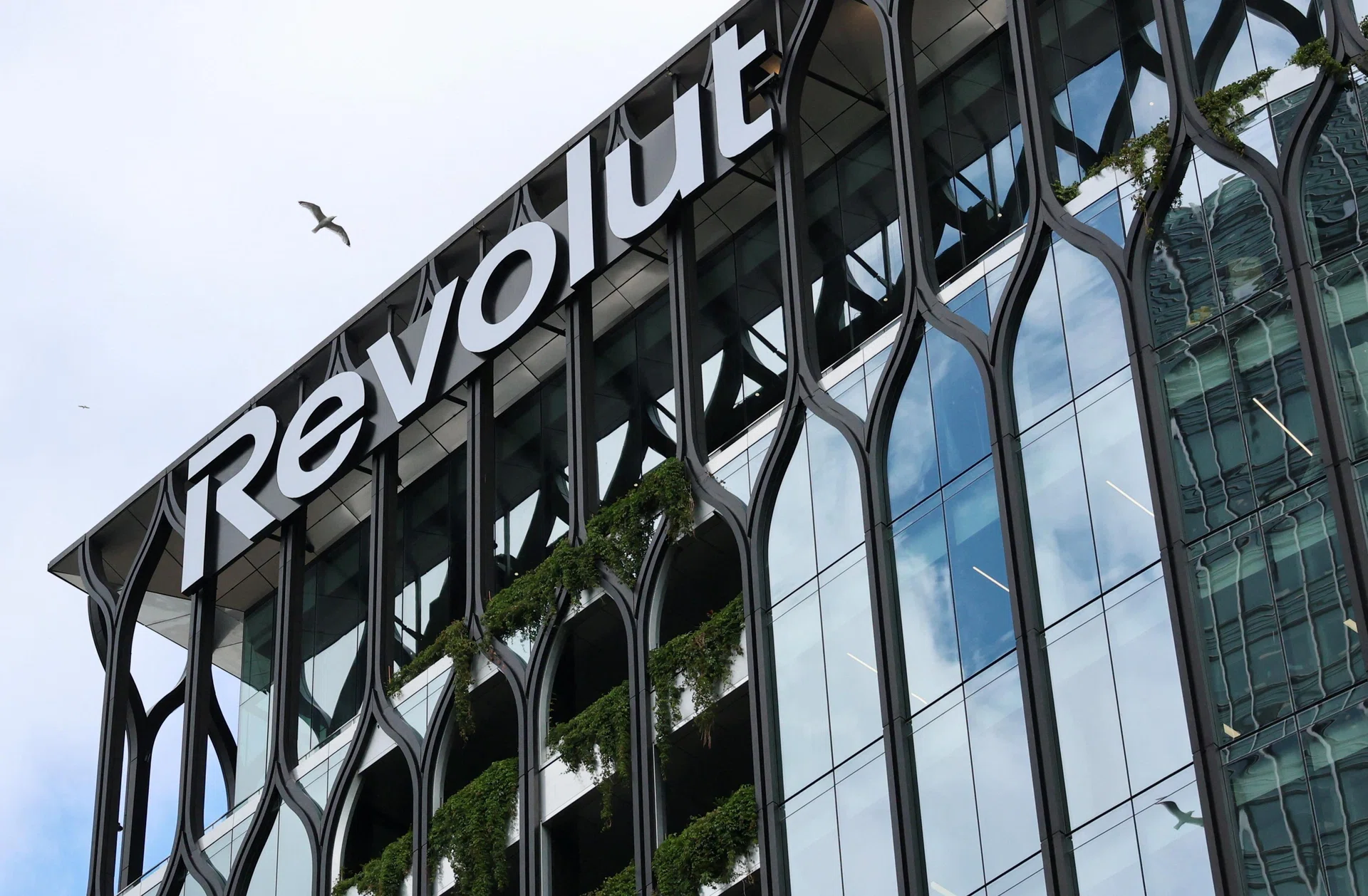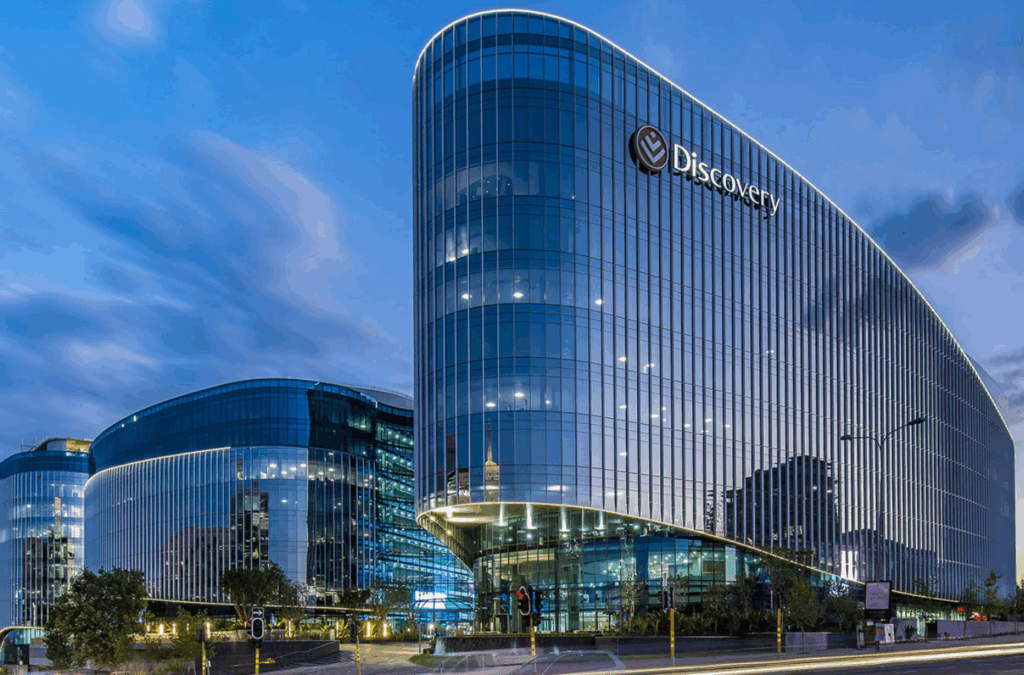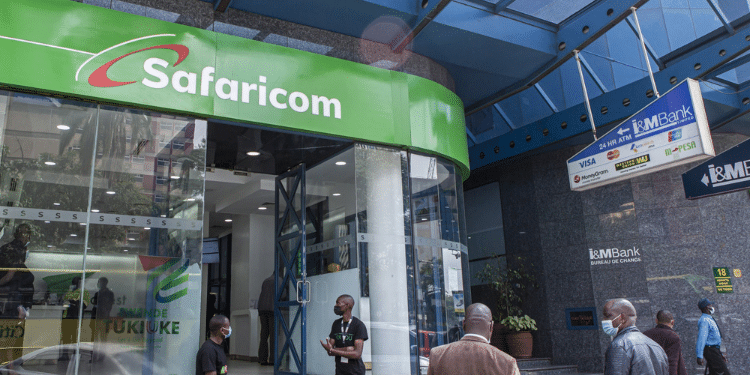KCB Group shareholders are set to receive KES 9.6 billion in dividends following the bank’s 64.9% increase in net profit for 2024.
The lender reported a net profit of KES 61.8 billion, a sharp rise from KES 37.5 billion in 2023, driven by robust revenue growth and cost optimisation measures.
The Board of Directors has recommended a final dividend of KES 1.5 per share, bringing the total dividend payout for the year to KES 3 per share.
This amount will be payable on or around May 23, 2025, reflecting KCB’s commitment to delivering shareholder value.
Strong Financial Performance Across Key Segments
KCB’s total revenue increased by 24% to KES 204.9 billion, fuelled by a 28% rise in net interest income and a 33% surge in non-funded income, mainly from foreign exchange trading and transaction fees.
The Group’s balance sheet remained solid, closing the year at KES 1.96 trillion, supported by a strong deposit base of KES 1.4 trillion and a stable loan portfolio of KES 990.4 billion.
KCB’s regional subsidiaries significantly contributed to this growth, accounting for 30% of the Group’s net profit, with revenues from these subsidiaries rising 16% to KES 73.28 billion.
READ ALSO:
New FX market platform by PAPSS to drive smooth African transactions in 2025
CEO Paul Russo emphasised that the bank’s impressive results are a testament to its strategic focus on revenue growth, cost efficiency, and strengthening its balance sheet.
“Our performance reflects our resolve to build an organisation for the future that is anchored on delivering value to our customers, shareholders, and stakeholders,” he stated.
Digital Lending and Asset Quality
KCB’s digital lending segment continued to expand, with mobile loan disbursements increasing 21% to KES 407 billion. However, gross non-performing loans (NPLs) rose 8.4% to KES 225.7 billion, reflecting economic pressures across various markets.
Despite this increase, the Group improved its asset quality, with provisions for expected credit losses declining by 11%, aided by the Kenya Shilling’s appreciation and successful rehabilitation of distressed loans.
The bank’s NPL ratio stood at 19.2%, highlighting the challenging economic conditions. Nevertheless, the Group maintained strong capital buffers, with all banking subsidiaries—except National Bank of Kenya (NBK)—complying with their local regulatory capital requirements.
Commitment to Innovation and Financial Inclusion
KCB remains committed to customer-centric innovation, with ongoing investments in technology to deliver seamless, reliable, and secure financial solutions.
Dr Joseph Kinyua, KCB Group Board Chairman, highlighted the positive returns from the bank’s regional investments, crediting the success to collaboration and operational efficiency.
The Group’s Female-Led and Managed Enterprises (FLME) initiative also made strides in bridging financial gaps for women entrepreneurs, empowering over 860 female business owners through unsecured lending and mentorship programmes. KCB has allocated KES 250 billion over five years to further support women-led businesses.
READ ALSO:
How a $4.4M Grant Powers Telkom Kenya’s Mission to Expand Open RAN Coverage
Future Outlook
Looking ahead, KCB is optimistic about economic recovery across its markets, with key service sectors, agriculture, and private-sector credit growth expected to drive increased activity.
CEO Paul Russo reaffirmed the group’s focus on enhancing shareholder value while advancing technology-driven solutions to maintain its market leadership.
KCB’s return on equity (ROE) improved to 24.6%, and total equity attributable to shareholders rose 20.8% to KES 274.9 billion, reflecting its strong capital position and sustained growth momentum.







Leave a Reply